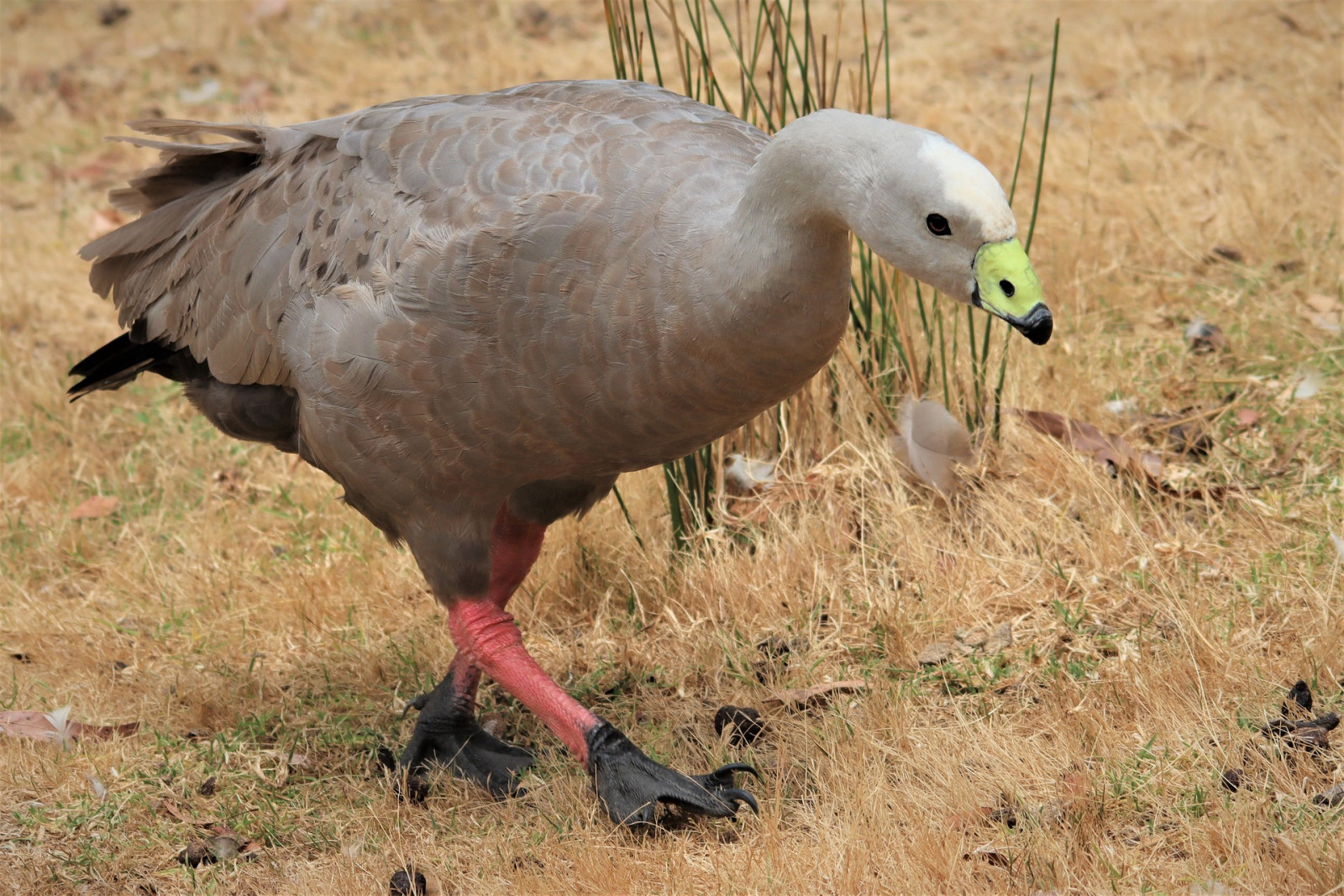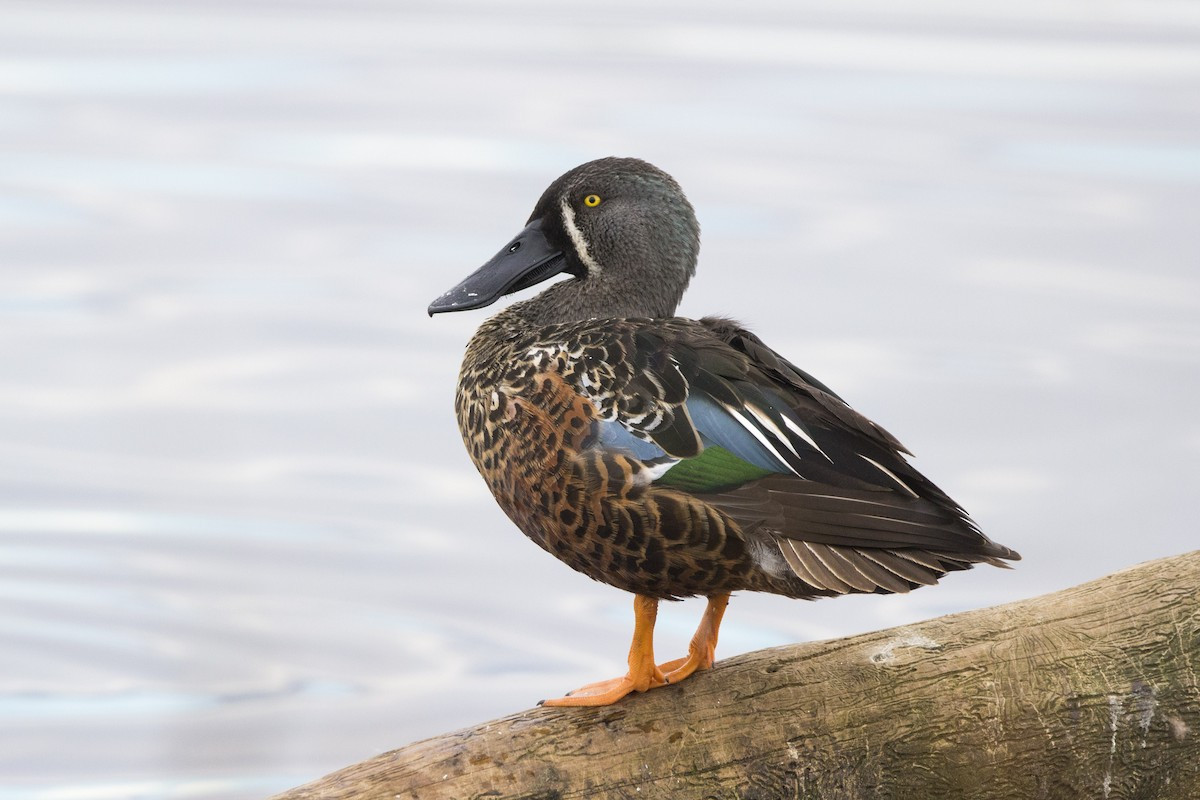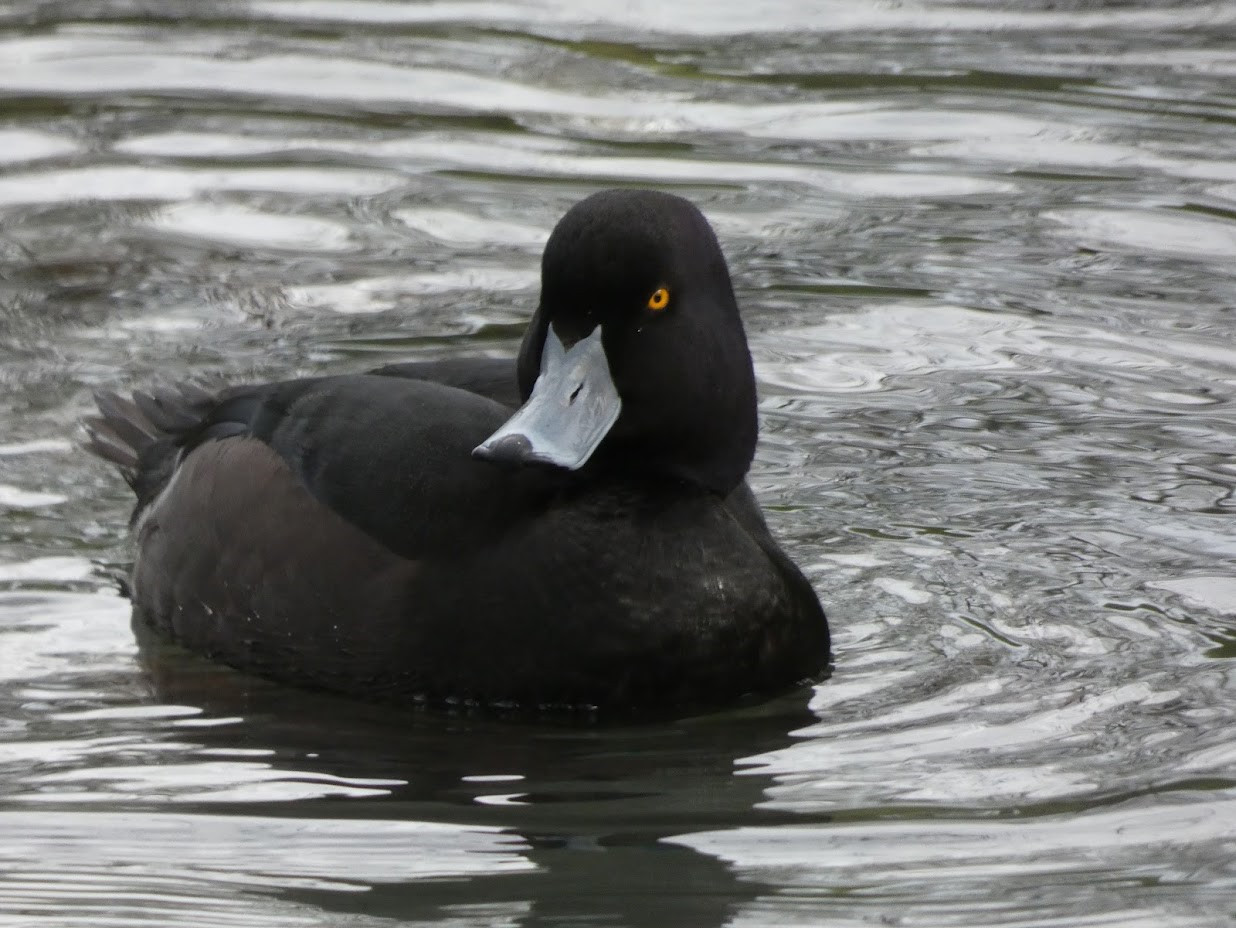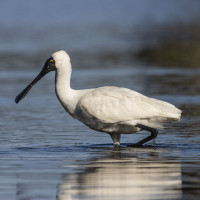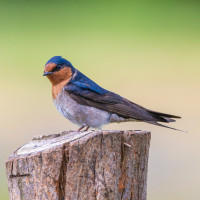Opis
Travis Wetland is an easily accessible wetland in north eastern Christchurch home to a wide variety of waterbirds, the most surprising of which is the introduced Cape Barren Goose, which can be seen associating with other types of geese. A bird hide makes for great viewing of photography of waterfowl such as Paradise Shelduck and Grey Teal, as well as Welcome Swallow which nest and fly around the hide, making for great photography opportunities of a usually hard to photograph bird.
There is a plan to turn Travis Wetland, as well as a portion of the Christchurch Red Zone into an ecosanctuary, which would have species such as Brown Teal and New Zealand Kaka.
Szczegóły
Dostęp
The main entry via car is a carpark on Beach Road on the eastern side of the wetlands, with there also being a smaller carpark near Burwood Hospital.
You can access Travis Wetland through public transport by either taking the 60 bus stopping at Travis Road, or the 7 bus stopping at Burwood Hospital.
Cycling is not allowed, so you should either park your bike nearby or walk your bike around.
Teren i siedlisko
Tereny podmokłe , LasWarunki
Płaski , BagiennyTrasa dookoła
TakCzy luneta będzie przydatna ?
NieTrasa
Szeroka ścieżkaPoziom trudności szlaku pieszego
ŁatwyDostępne
Pieszo , Wózek inwalidzkiCzatownia/platforma obserwacyjna
TakDodatkowe informacje
Dogs are prohibited from entering the reserve.
Just south of the bird hide is an area with eels, where you can feed them.
